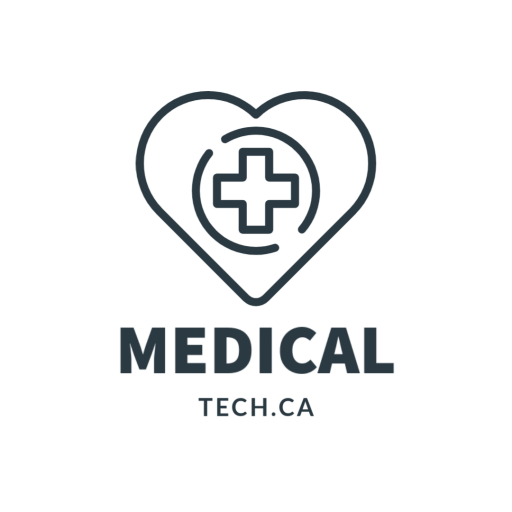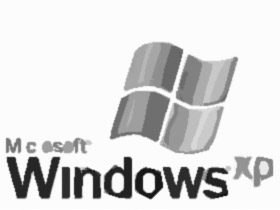
by medicaltechont | Jul 8, 2023 | AI, EHR, Healthcare, Microsoft, Software, Technology
Microsoft Corp. and Epic recently announced an exciting development in their strategic collaboration, aiming to revolutionize the healthcare industry. The two technology giants are combining their expertise to integrate Azure OpenAI Service with Epic’s industry-leading electronic health record (EHR) software. This collaboration unlocks the potential of generative AI, providing powerful tools for healthcare professionals.
Building upon their existing partnership, which allows organizations to leverage the Microsoft Azure cloud platform for running Epic environments, this integration marks a significant step forward.
By clicking here, you can delve into the details and explore the future possibilities this collaboration holds for the healthcare landscape.
“Microsoft is committed to creating responsible AI by design that is guided by a core set of principles: fairness, reliability and safety, privacy and security, inclusiveness, transparency, and accountability.”
Click here for more details.

by medicaltechont | Dec 13, 2014 | Technology
Microsoft Appoints Itself Sheriff of the Internet
“Microsoft contends it seized domains to stop distribution of two widely used malware tools”
It was 7 o’clock in the morning when the knocking on Dan Durrer’s front door woke him up. His dog started barking, and Durrer thought he was getting an early morning package. But when he opened the door, he wasn’t greeted by the FedEx man. He was face-to-face with a process server, a messenger from the courts, who handed him a stack of legal documents—three inches thick. Somewhere in that stack—buried in all the legalese—was the news that Microsoft had taken control of his company, but Durrer didn’t have time to read it. Almost immediately, his pager lit up with messages saying the company’s internet services had stopped working.
For the past 15 years, Durrer has worked as the CEO of a small internet service provider called No-IP. Based on Reno, Nevada, the 16-person company offers a special kind of Domain Name System service, or DNS, for consumers and small businesses, letting them reliably connect to computers whose IP addresses happen to change from time to time. It’s used by geeks obsessed with online security, fretful parents monitoring nanny cams in their toddler’s bedrooms, and retailers who want remote access to their cash registers. But it’s also used by criminals as a way of maintaining malicious networks of hacked computers across the internet, even if the cops try to bring them down.
Read more.
Other articles:

by medicaltechont | Oct 26, 2013 | Software, Technology
Open-source software may seem like a cheap way to equip your organization with the tools it needs to compete in today’s information economy, but beware: open-source software does have its risks.
THERE IS NO SUCH THING as a free lunch, so they say. And while one might be tempted to argue with that line when it comes to open-source freeware, remember this: if time is money, then programmers and designers have already donated millions of dollars toward writing codes and designing user interfaces for that open-source freeware.
Open-source freeware is not just expensive to produce, however. As many companies have found out, open-source solutions can also be quite pricey – and risky – to maintain over the long run. True, it does not cost you anything to download a program and install it. But what happens after that? Is the program as secure as it says it is? Can you trust the guy who operates the download website? Will the freeware receive upgrades into the foreseeable future? Is it even compatible with other software?
“My firm was spending so much time and effort trying to save a few thousand ringgit, but in the end, we decided it just wasn’t worth the risk,” says Subramaniam, a lawyer who recently experimented with an open-source office suite at his law firm but who quickly abandoned it in favour of a proprietary solution. “Being prudent is one thing; being cheap is quite another.”
Read more at Microsoft

by medicaltechont | Aug 12, 2013 | Hardware, Software, Technology
Microsoft’s XP operating system is still used on more than a third of the installations out there, according to figures from Net Applications. Is it really still that popular?
XP was released in August of 2001, more than a decade ago. It got a new lease on life when its successor, Vista, was declared — at least initially — a disaster back in 2006.
On Friday, figures from Net Applications (see graph at bottom) showed XP with a robust 37.74 percent of all Windows and Mac OS installations worldwide, down only slightly from 38.31 percent in April.
Read more
by medicaltechont | Apr 4, 2008 | Uncategorized
You know, we should have paid a little closer attention to Microsoft’s decision yesterday to extend Windows XP sales to “June 2010 or one year after the general availability of Windows 7” — if the company was really planning on shipping Windows 7 in 2010, that first date doesn’t make a lot of sense unless the plan is to ship Windows 7 much, much earlier. And hey — what’s Bill Gates doing telling investors this afternoon that Windows 7 will come “in the next year” and that he’s “super-enthused” about it? As far as we know, the official Windows 7 timeline hasn’t changed, so Bill might just talking about beta versions, but something’s clearly up Windows-wise in Redmond — perhaps Vista’s wow is not long for this now.
read more | digg story





